New Zealand Food Dishes: Basic Overview
Common Ingredients
Common Cooking Methods
Courses
Meals
Key Taste
Eating Etiquette
Meal Presentation
Culinary Festivals
Influence and Fusion
Popular Types of New Zealand Dishes
-
Cakes and pastries
New Zealand’s cakes and pastries blend British influences with local innovation, showcasing a variety of flavors and textures.
These treats often incorporate fresh, local ingredients like dairy, fruits, and honey, showcasing the country’s agricultural bounty.
From light, airy sponge cakes adorned with fruit and cream to rich, chocolate-coated delights rolled in coconut, the variety caters to both traditional tastes and modern palates
-
Fried dishes
Fried dishes in New Zealand cuisine range from savory snacks to hearty meals, often featuring locally sourced ingredients like seafood and vegetables.
Traditional techniques and contemporary twists merge to create dishes that are both comforting and satisfying.
The use of batter and deep-frying techniques results in crispy exteriors and tender interiors, making these dishes popular at takeaways, family dinners, and community events.
-
Sandwiches
New Zealand’s sandwich offerings are a fusion of traditional British influences and unique local twists.
Incorporating elements like beetroot, fried eggs, and local cheeses, these sandwiches go beyond the ordinary.
From fast-food innovations to homemade classics, New Zealand sandwiches balance familiar comfort with surprising elements.
-
Bread and doughs
Bread and dough-based dishes in New Zealand showcase a variety of influences, from indigenous Māori traditions to European baking techniques.
This range includes everything from hearty fried breads to delicate pastries, often using local ingredients like kumara (sweet potato) and manuka honey.
Traditional methods, such as the Māori hāngī, introduce unique flavors to breads, while modern interpretations blend international trends with local tastes.
New Zealand dishes are culinary creations that are widely consumed in New Zealand, a country known for its diverse British-based cuisine with Mediterranean and Pacific Rim influences, reflecting its cosmopolitan society.
The cuisine is largely driven by local ingredients and seasonal variations, benefiting from the country’s agricultural economy and surrounding seas.
Historical influences on New Zealand’s food culture include British delights and Māori traditions, with significant contributions from New American, Southeast Asian, East Asian, and South Asian cuisines in more recent decades.
Setting off on a gastronomic adventure, I’ll navigate you through the diverse landscape of traditional New Zealand cuisine, highlighting its worldwide acclaim, and the health benefits of New Zealand’s foods.
Furthermore, you’ll explore the varied influences on New Zealand’s culinary creations, dining customs, and the celebrated drinks that enhance these meals.
32 Popular New Zealand Dishes with Filters
Explore the top 32 New Zealand dishes, listed by popularity. This guide offers filters for easy search, including sorting options, ingredients, flavors, cooking methods, dish types, courses, and global popularity.
You can also tailor your exploration with filters for traditional, national, street food, fusion, and exotic dishes, simplifying your dive into New Zealand’s culinary scene.
Pavlova
- National
- Traditional
Pavlova is a meringue-based dessert that is a significant part of both New Zealand and Australian cuisine, named after the Russian ballerina Anna Pavlova. It features a crisp crust and soft, light interior, typically garnished with whipped cream and fresh fruit.
The dessert’s creation is often attributed to a chef in either New Zealand or Australia in honor of Pavlova’s tour to these countries in the 1920s, leading to a friendly culinary rivalry over its origin.
Pavlova is particularly popular during the summer and festive seasons, including Christmas. While the exact origins are debated, the dessert embodies a fusion of culinary traditions and is celebrated as a national favorite in New Zealand.
There are various adaptations of the pavlova, with some incorporating different fruits or flavors to suit regional tastes or seasonal availability.
Mānuka Honey
- Exotic
- Traditional
Mānuka Honey is a monofloral honey that comes from the nectar of the mānuka tree, native to New Zealand and parts of coastal Australia. It’s a distinctive product of New Zealand cuisine, known for its strong, earthy flavor and viscous texture.
Mānuka honey is not just a sweetener but also valued for its potential medicinal properties. The honey undergoes strict testing to ensure purity and quality, especially for export from New Zealand.
Kiwi Burger
- Fusion
Kiwi burger is a unique twist on the classic hamburger, originating from New Zealand. It’s a fusion dish that incorporates traditional New Zealand ingredients into a fast-food format, making it a modern representation of the country’s cuisine.
The burger is distinguished by its inclusion of beetroot and a fried egg, alongside more standard toppings like lettuce, tomato, cheese, and beef patty.
While primarily associated with McDonald’s in New Zealand, the concept reflects the country’s penchant for adding beetroot and egg to burgers, a practice that predates the fast-food chain’s presence in the country.
Meat Pie
- National
- Street Food
Meat Pie in New Zealand is a national favorite, often considered a quintessential snack or meal within the local cuisine. This hand-sized pie is filled with diced or minced meat and gravy, and it also includes onions, mushrooms, or cheese.
The meat pie holds a special place in New Zealand’s culinary identity, much like it does in neighboring Australia.
There are numerous famous variations of the meat pie in New Zealand, including the classic minced beef pie, steak and cheese pie, and more gourmet versions featuring ingredients like kumara (sweet potato) and lamb.
These variations cater to a wide range of tastes and preferences, making the meat pie a versatile dish enjoyed by many.
Fish and Chips
- Street Food
Fish and Chips are a popular takeout dish in New Zealand, reflecting the country’s British heritage. This dish consists of battered and deep-fried fish served alongside deep-fried potato chips.
While Fish and Chips originated in England, the version found in New Zealand has been adapted to local tastes and available seafood.
The dish is commonly enjoyed at casual dining establishments, takeaway shops, and is often associated with beach outings and family gatherings.
Hokey Pokey Ice Cream
- Street Food
- Traditional
Hokey pokey ice cream is a traditional flavor of ice cream in New Zealand, characterized by its vanilla ice cream base mixed with small, crunchy pieces of honeycomb toffee.
This dish is a significant part of New Zealand’s culinary identity, often cited as an example of Kiwiana, which represents New Zealand culture. It stands as the second-most popular ice cream flavor in the country, just behind vanilla.
While primarily enjoyed in New Zealand, hokey pokey ice cream has also found its way to international markets, including Japan, Australia, and the Pacific Islands.
Although variations of honeycomb toffee exist, the ice cream itself is renowned for its unique combination of creamy texture with the toffee’s crunch, making it a distinct offering in New Zealand’s dessert scene.
Lamington
- Traditional
Lamingtons consist of squares of sponge cake that are dipped in chocolate sauce and then rolled in desiccated coconut, resulting in a moist and fluffy treat with a distinctive coconut-chocolate flavor.
They are more commonly associated with Australia but are also enjoyed in New Zealand. Some famous variations include filling the sponge with cream or jam, adding a layer of indulgence to the already delightful cake.
Lamingtons are often part of fundraising events known as “lamington drives” and are enjoyed at various celebrations and gatherings.
Lolly Cake
- Traditional
Lolly cake is a beloved treat within New Zealand’s dessert repertoire, known for its colorful appearance and sweet, chewy texture.
This cake is made by mixing crushed malt biscuits with soft, colorful confectionery known as “lollies” (specifically Eskimos or Fruit Puffs) and binding them together with sweetened condensed milk.
The mixture is then rolled in coconut and chilled until set, resulting in a firm, sliceable cake. Lolly cake is considered a classic at children’s parties and local bakeries, and it holds a nostalgic place in the hearts of many New Zealanders.
Anzac Biscuit
- Traditional
Anzac biscuits are a popular sweet made with rolled oats, flour, sugar, butter, golden syrup, baking soda, and sometimes coconut, originating from Australia and New Zealand. They are associated with the ANZAC troops of World War I, representing their resilience and unity.
Created for their long shelf life, these biscuits were ideal for sending to soldiers abroad. They are one of the few products legally allowed to use the name “Anzac” in Australia, as long as they’re called “biscuits.”
The exact origin is debated between Australia and New Zealand, much like the pavlova. Despite various recipe tweaks over time, the essential ingredients have stayed the same to honor their historical roots.
Anzac biscuits are more than just a treat; they’re a symbol of remembrance and support for veterans, often used in fundraising around Anzac Day.
Roast Lamb
- National
- Traditional
Roast Lamb in New Zealand is a traditional dish that reflects the country’s strong agricultural roots, particularly in sheep farming.
This dish is a beloved part of New Zealand cuisine, often enjoyed as a hearty family meal or during special occasions. While roast lamb is common in many Western cuisines, New Zealand’s version is distinguished by the quality and flavor of its locally raised lamb.
The country’s lamb is known for its tenderness and taste, a result of the sheep’s pasture-fed diet and New Zealand’s ideal farming conditions.
Famous variations of roast lamb can include seasoning with rosemary and garlic, or incorporating traditional Māori cooking methods like the hāngī, where the lamb is slow-cooked in a pit oven underground. This method infuses the meat with a unique smoky flavor.
Roast lamb is also a popular choice for festive celebrations, especially Christmas and Easter, where it’s often served as the centerpiece of the meal, accompanied by a variety of seasonal vegetables and rich gravy.
Cheese Rolls
- Street Food
- Traditional
Cheese rolls is a traditional New Zealand snack known as “Southern sushi,” and are especially popular in Otago and Southland. They consist of bread filled with a cheesy mixture, often including onions and Worcestershire sauce, rolled and toasted.
Variations include pineapple or sweet corn. Recognized for their simplicity, these rolls have evolved into artisan versions with diverse cheeses and breads, reflecting local culinary innovation.
Despite dairy cost challenges, they remain a staple in cafeterias and are popular for fundraising, maintaining their place in New Zealand’s food culture.
Sausage Sizzle
- Street Food
Sausage Sizzle is a traditional and communal event rather than a single dish, deeply embedded in the cultures of both Australia and New Zealand.
It typically involves grilling sausages and serving them on a slice of bread, often with grilled onions and condiments like tomato sauce, barbecue sauce, or mustard.
This simple yet beloved dish is a staple at community gatherings, fundraisers, and sporting events, symbolizing a sense of togetherness and support for local causes.
In Australia, the Sausage Sizzle has become an iconic feature of election days, earning the affectionate nickname “Democracy Sausages.”
Marmite
- Traditional
Marmite in New Zealand is a distinctive food spread that has become a staple in the country’s cuisine. It is a product of the Sanitarium Health and Wellbeing Company and is made from yeast extract, a by-product of beer brewing.
Unlike its British counterpart, New Zealand’s Marmite has a unique recipe that includes sugar and caramel, giving it a slightly different taste – often described as weaker or less tangy.
This spread has been part of New Zealand’s culinary landscape since 1919, making it a traditional component of the local diet. It is often used to create a simple yet beloved snack when spread on bread, sometimes with potato chips for a “Marmite and Chippie” sandwich.
The spread’s popularity even led to a notable event known as “Marmageddon” in 2011, when production was halted due to earthquake damage to the factory, causing a national shortage and a surge in demand.
Vegemite
- Traditional
Vegemite is a thick, dark brown spread originating from Australia, known for its savory, slightly bitter, and umami flavor. Despite its Australian origins, Vegemite has become a staple in many New Zealand households.
Vegemite is made from leftover brewers’ yeast extract and various vegetable and spice additives. It is similar to British Marmite and New Zealand Marmite, but each has its unique recipe and taste profile.
Vegemite is commonly used as a spread on sandwiches, toast, and crackers, and is also a filling for pastries. It is celebrated for being rich in B vitamins and has vegan, kosher, and halal certifications.
Green-Lipped Mussels
- Traditional
Green-lipped mussels are a traditional dish from New Zealand, known for their distinctive large green shells and succulent meat. They are a staple of the country’s seafood cuisine and are often prepared steamed, boiled, or grilled.
This dish is celebrated for its rich flavors and nutritional benefits, including high levels of omega-3 fatty acids. These mussels are enjoyed year-round, especially in coastal areas.
While variations exist based on cooking methods and ingredients used in preparation, such as in broths or with different sauces, the classic simplicity of steamed green-lipped mussels remains a favorite.
Bacon and Egg Pie
- National
- Traditional
Bacon and egg pie is a savory dish that has become popular in New Zealand, although it originally comes from Cornwall during the Middle Ages.
This pie consists of a pastry crust filled with bacon and eggs, and may include additional ingredients like onions, mushrooms, bell peppers, peas, tomatoes, fresh herbs, and cheese.
It’s known for its hearty and filling nature, often served hot or cold, and can be enjoyed at any mealtime. While variations exist, they typically involve the addition of different vegetables or seasonings to the basic bacon and egg filling.
Bluff Oysters
- Exotic
- Traditional
Bluff oysters, another gem of New Zealand cuisine, are renowned for their succulent taste and are harvested from the cold, clean waters of the Foveaux Strait. These oysters are considered a national delicacy and are celebrated annually at the bluff oyster and Food Festival.
Known for their creamy texture and delicate flavor, bluff oysters have a season that is eagerly anticipated by seafood enthusiasts both within New Zealand and internationally.
Hāngī
- Traditional
Hāngī is a traditional method of cooking in New Zealand, particularly among the Māori community. It involves slow-cooking food in an underground oven, where heated rocks and a covering of earth create a natural pressure cooker.
This technique imparts a unique smoky flavor to a variety of foods, including meats and vegetables, making it a distinctive aspect of New Zealand’s national cuisine.
Hāngī is often prepared for large gatherings and special occasions, highlighting its importance in cultural celebrations and community events.
Whitebait Fritters
- Street Food
Whitebait fritters are a popular snack or appetizer in New Zealand, made from the tiny, tender juveniles of certain fish species. These fritters are known for their delicate texture and flavor, with the entire fish, including heads and tails, being mixed into a batter and fried until golden.
Whitebait fritters are a celebrated part of New Zealand’s culinary tradition, often enjoyed during the whitebait season and associated with the country’s love for fresh, locally-sourced seafood.
Boil Up
- Traditional
Boil up, or pork and puha, is a traditional dish from New Zealand, deeply rooted in Māori culture. It’s essentially a hearty soup or broth that combines a mix of meat (often pork) and bones, leafy greens like pūhā or watercress, and starchy vegetables such as kūmara (sweet potato) or potatoes.
These ingredients are boiled together, often with the addition of flour dumplings known as “doughboys.”
This dish reflects the fusion of indigenous Māori and European settler culinary practices, particularly with the introduction of new ingredients like pork and potatoes by the settlers.
Pāua
- Exotic
- Traditional
Pāua is a traditional delicacy in New Zealand, known for its large, edible sea snails that belong to the abalone family. These marine gastropods are prized not only for their flavorful meat but also for their vibrant, iridescent shells, which are often used in Māori arts and crafts.
Pāua is commonly found in shallow coastal waters and is subject to strict catch limits to ensure sustainability. It is a taonga (treasure) to the Māori people, valued both as a source of kaimoana (seafood) and for its cultural significance in traditional and contemporary art.
Pāua can be enjoyed in various ways, including raw, smoked, or cooked in a hāngī, and is sometimes preserved for off-season consumption or trade.
Kumara
- Traditional
Kumara, or sweet potato, is a traditional and staple food in New Zealand, deeply rooted in Māori culture. Brought by Polynesian settlers, it thrives in New Zealand’s climate, resulting in varieties like Owairaka Red, Toka Toka Gold, and Beauregard.
Versatile in cooking, kumara is used in both traditional dishes like hangi and modern recipes such as fries and salads.
Spaghetti on Toast
- Fusion
Spaghetti on Toast is a comforting and simple dish enjoyed in New Zealand, Australia, and the UK, typically served as a breakfast or lunch option. This dish consists of canned spaghetti ladled over a slice of toasted bread, often garnished with grated cheese for added flavor.
While not a traditional or national dish of New Zealand, it has become a beloved comfort food in the region. Variations of this dish include the addition of extra ingredients like ham, bacon, or different types of cheese to suit individual tastes.
Paraoa Parai
- Traditional
Paraoa parai refers to a type of fried bread in Māori cuisine, known for its simplicity and deliciousness. This bread is made by frying a simple dough, resulting in a soft, fluffy interior and a crispy exterior.
Paraoa parai is often served as part of a Matariki feast, which is the Māori New Year celebration. This festival is marked by the rise of the Pleiades star cluster and is a time for remembering the deceased, celebrating the present, and planning for the future.
Fairy Bread
- Traditional
Fairy bread is a simple, delightful treat often associated with children’s parties in New Zealand and Australia. It consists of sliced white bread spread with butter or margarine and sprinkled with colorful “Hundreds and Thousands” (similar to nonpareils or sprinkles).
Typically cut into triangles for serving, fairy bread is a festive, eye-catching addition to any party spread. it holds a special place in contemporary celebrations, particularly among the younger crowd.
Scones
- Traditional
Scones are a beloved baked good in New Zealand, originating from the United Kingdom. They are typically made from wheat, barley, or oatmeal with baking powder as a leavening agent, resulting in a quick bread that’s often lightly sweetened.
Scones are a versatile food item in New Zealand cuisine, enjoyed as part of a traditional cream tea or as a snack. They can be plain or include ingredients like raisins, cheese, or dates for added flavor.
In New Zealand, the griddle scone, also known as a girdle scone in Scots, is a popular variation. These are made by baking the scone batter on a griddle or frying pan, creating a large disk-shaped scone that’s then cut into wedges for serving.
Sausage Rolls
- Street Food
Sausage rolls are a savory pastry that enjoys popularity in New Zealand as part of the broader British culinary influence. They consist of sausage meat wrapped in puff pastry and are enjoyed either hot or cold.
This dish is versatile and has seen numerous adaptations, including vegetarian and vegan versions that substitute the sausage meat with plant-based ingredients.
Sausage rolls are a common feature at various events and are especially favored for their convenience and delicious taste.
Pikelets
- Street Food
- Traditional
Pikelets are a traditional small pancake known in New Zealand for their light and fluffy texture. They are a beloved snack or breakfast item, often served with jam, cream, or butter.
In New Zealand, pikelets can be considered a variation of the crumpet, but they are typically smaller and thinner. They are enjoyed across various occasions, from daily meals to special gatherings.
Afghan Biscuits
- Traditional
Afghan biscuits are a traditional New Zealand treat made from a dough of flour, butter, sugar, and cornflakes, mixed with cocoa powder.
They’re finished with a topping of chocolate icing and a half walnut. Known for their rich texture, which is both soft and crunchy due to the cornflakes, these biscuits are a delightful combination of sweetness and a hint of cocoa bitterness.
Rēwena Bread
- Traditional
Rēwena bread is a traditional sourdough bread of New Zealand, originating from Māori cuisine. It is distinguished by its use of a fermented potato starter, known colloquially as a ‘bug’.
This starter gives the bread a slightly sweet and tangy flavor, setting it apart from other types of sourdough. Rēwena bread is a staple in Māori gatherings and holds cultural significance, often used in rituals and as a symbol of hospitality.
The bread’s unique preparation method and the use of indigenous ingredients like Māori potatoes or kūmara (sweet potatoes) highlight its deep roots in New Zealand’s culinary heritage.
Shortbread
- Traditional
Shortbread, while originally Scottish, has found a place in local cuisine as a classic, buttery biscuit. It is made from a simple mix of sugar, butter, and flour, and is cherished for its crumbly texture and rich flavor.
In New Zealand, shortbread is often enjoyed during festive seasons like Christmas and New Year’s, aligning with its traditional Scottish roots where it is associated with Christmas and Hogmanay celebrations.
Pineapple Lump
- Traditional
Pineapple lumps are a quintessential New Zealand confectionery, consisting of chewy pineapple-flavored candy coated in chocolate. This treat is a blend of sweet and fruity flavors, embodying the innovative and playful spirit of New Zealand’s snack culture.
Pineapple lumps have become an iconic symbol of New Zealand’s confectionery landscape, enjoyed by locals and sought after by visitors, and reflect the factors that shape this cuisine.
What Are the Influences of New Zealand Dishes?
New Zealand’s culinary landscape is shaped by the following factors:
Next, let’s explore the unique dining etiquette that accompanies these culinary experiences.
What Is New Zealand Dining Etiquette?
New Zealand dining etiquette combines traditional customs with modern practices, reflecting the country’s diverse cultural heritage. When dining, especially in more formal settings, there are certain protocols to follow:
Understanding New Zealand dining etiquette provides a solid foundation for exploring the next step: selecting the perfect beverages to complement New Zealand dishes.
Which Beverages to Pair with New Zealand Dishes?
In New Zealand, the tradition of pairing renowned local beverages with native dishes enhances the culinary experience. Here are some iconic New Zealand pairings:
Exploring these pairings offers a glimpse into New Zealand’s rich culinary culture, where the harmony between dishes and drinks from New Zealand is celebrated.
Loved exploring the flavors of New Zealand with us? Hit like, share this article with your foodie friends, and drop a comment below with your favorite dish! Let’s spread the taste of New Zealand together!



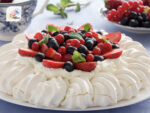
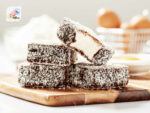

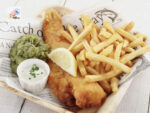
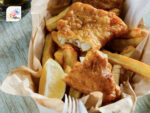
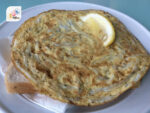


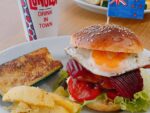
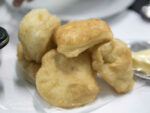
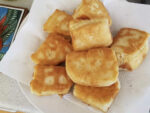

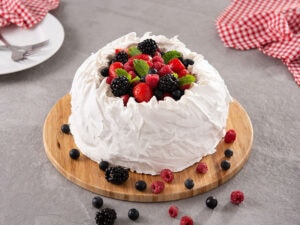
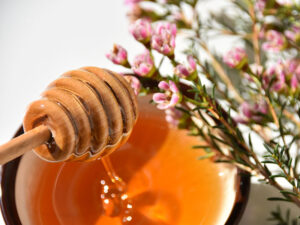


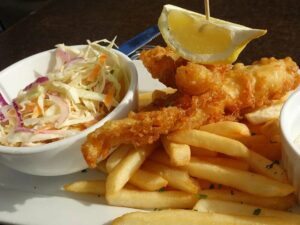
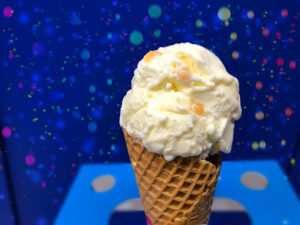

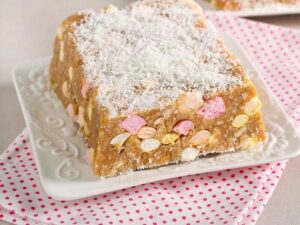
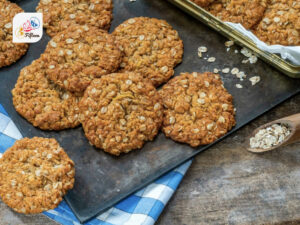

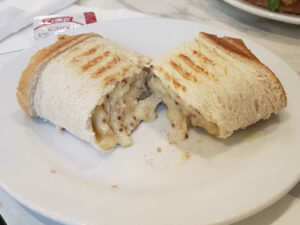
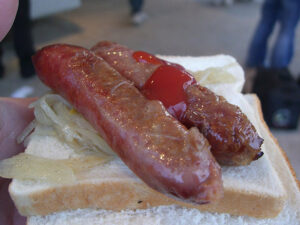
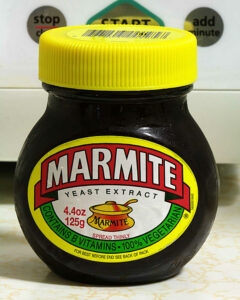
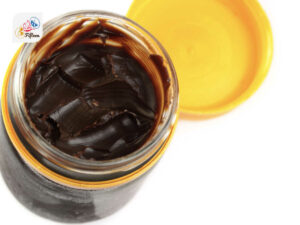
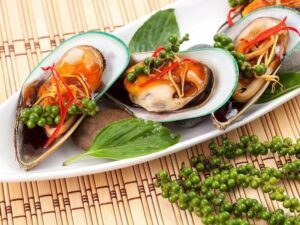
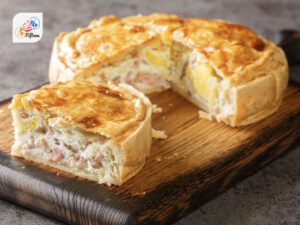
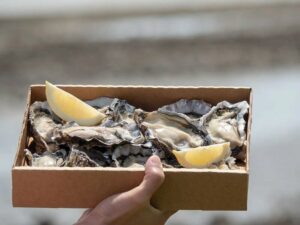
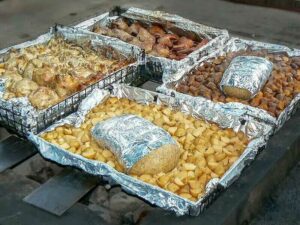

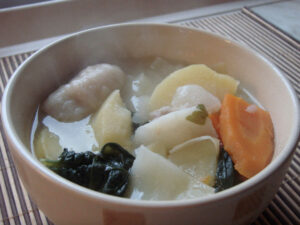
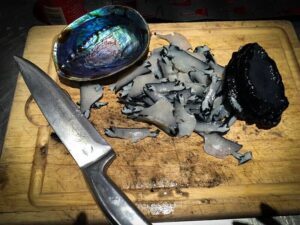

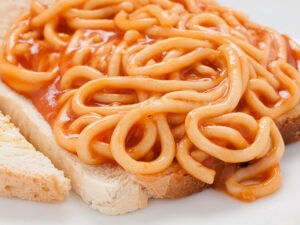
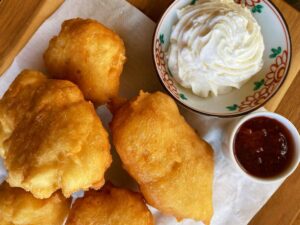
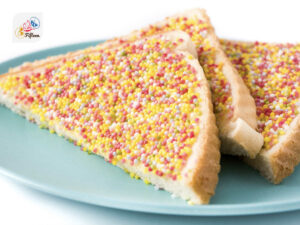
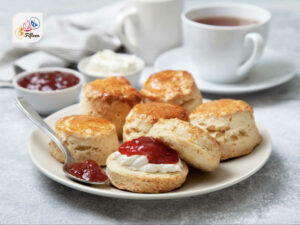
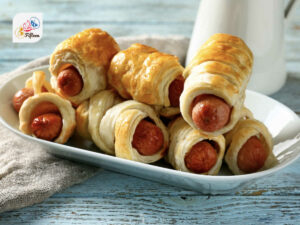

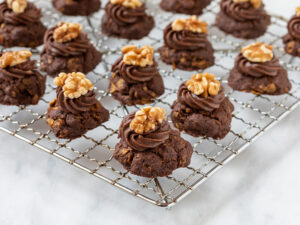

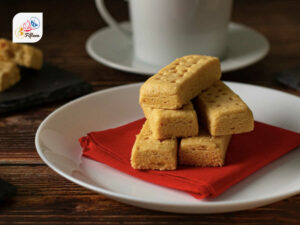
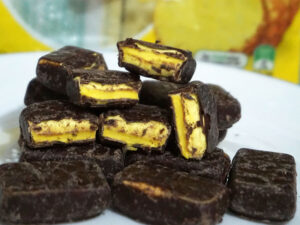
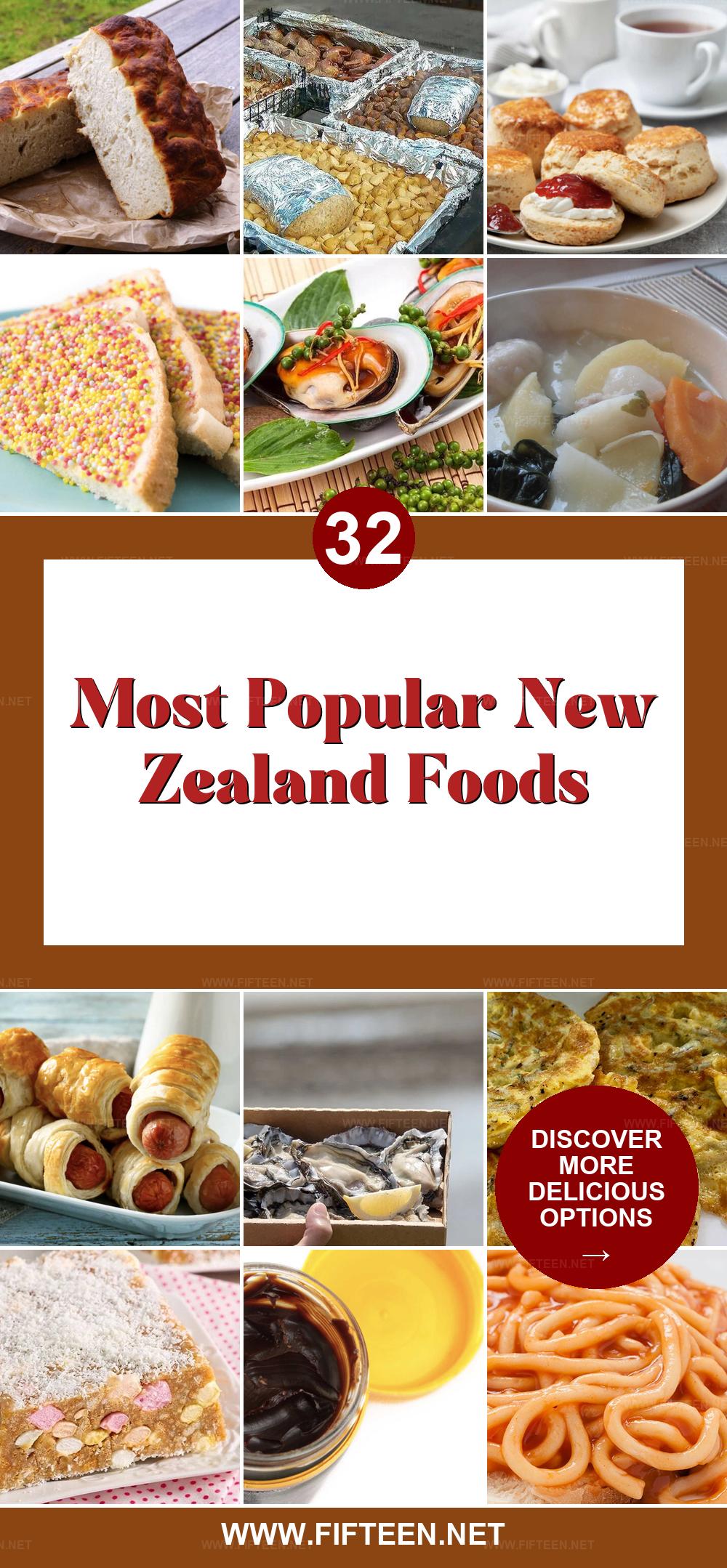
Jamie Scott
Editor in Chief, Senior Content Writer
Expertise
Home Cooking, Meal Planning, Recipe Development, Baking and Pastry, Food Editor, Cooking-video Maker, Western Food Evaluation Expert
Education
Le Cordon Bleu College of Culinary Arts
Local Community College, New York, NY
Jamie Scott is a skilled culinary expert and content creator specializing in Western cuisine. With over 15 years in the culinary field and formal training from Le Cordon Bleu, Paris, Jamie deeply understands how to blend nutrition with delicious flavors. His passion for cooking matches his commitment to making healthy eating accessible and enjoyable.
On Fifteen.net, Jamie brings a fresh perspective to classic dishes and beverages, offering readers insightful recipes, cooking tips, and a fresh view on meal planning that emphasizes taste, health, and simplicity.